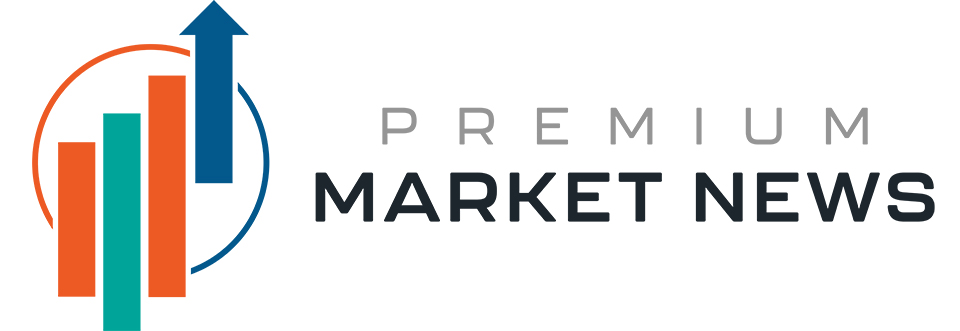The good news is the preferred measure of inflation for the Federal Reserve keeps trending downward. The bad news is that the economic backdrop that could lead to lower rates keeps getting more complicated.
According to new data from the U.S. Bureau of Economic Analysis (BEA), the Personal Consumption Expenditures price index for April rose 2.1% on an annual basis, down from 2.3% in March and closer to the Fed’s target rate of 2%. It rose 0.1% compared to March, when it was flat month over month.
So-called core inflation — which excludes volatile food and energy costs — rose 2.5% year over year, the lowest annual rate so far in 2025. Housing costs remain the highest driver of consumer spending, with a rise of $24.7 billion on a seasonally adjusted annual basis.
In a vacuum, the falling rate of inflation would signal that the Fed is ready to cut interest rates, as Chairman Jerome Powell has long said he wants to see inflation at 2% before doing so.
But federal economic policy is a wild card that’s only getting wilder.
Two federal courts this week suspended the global tariff regime Trump announced on April 2, ruling that the law the president evoked to implement it — the International Economic Emergency Powers Act (IEEPA) — doesn’t give him unilateral power to do so.
However, a federal appeals court on Thursday granted the Trump administration a pause on that ruling, which will preserve the country-specific tariffs, at least for now. It did not rule on the legalities of them, and the case is expected to rise to the Supreme Court.
The rulings do not apply to tariffs on individual goods, and a 25% levy on steel and aluminum imports remains unaffected.
The tariffs are widely expected to cause some level of inflation, and Powell has repeatedly signaled that it is taking that possibility into account when deciding on monetary policy. This means that the Fed may take a more cautious approach toward cutting interest rates.
That’s bad news for the housing market, which has struggled since 2022, when the Fed implemented rate hikes to combat escalating inflation that stemmed from supply chain disruptions during the pandemic.
HousingWire’s Mortgage Rates Center currently shows a 6.99% rate on a 30-year fixed mortgage and a 6.82% rate on a 15-year conforming loan, down 4 basis points (bps) from a week ago and 8 bps lower than two weeks ago. Rates for 15-year conforming loans have shed 10 bps over the past two weeks and stood at 7.32% on Tuesday.
The Trump administration continues to press Powell on the topic. The president met with Powell on the matter Thursday, during which Trump told Powell that he’s making a mistake by not lowering rates.
Earlier in the week, FHFA Director Bill Pulte tweeted that Powell needs to lower rates, saying “enough is enough.”
Friday’s report from the BEA is just another in a series that shows inflation cooling, as the Consumer Price Index (CPI) for April rose by 2.3% annually. But it may not be a catalyst for the Fed if it continues to take a wait-and-see approach with regard to trade policy.
And it’s unclear how much of an impact the tariff announcement will have on inflation moving forward. Many companies have signaled that they are raising prices as a result of them — including Wal-Mart — but it may not be until the summer that any impact starts showing up in data.
